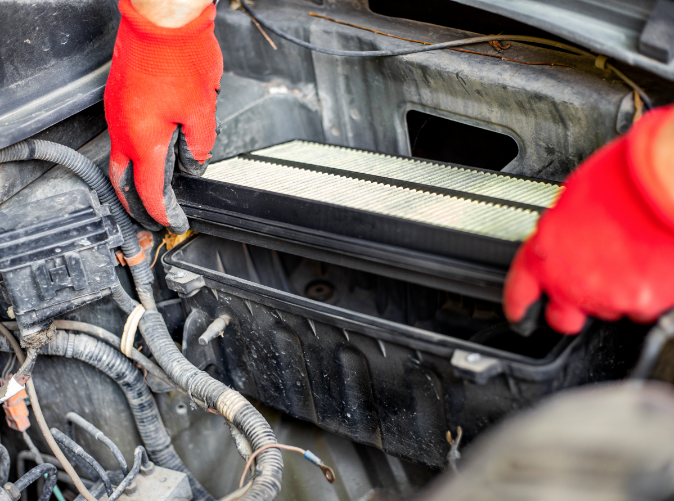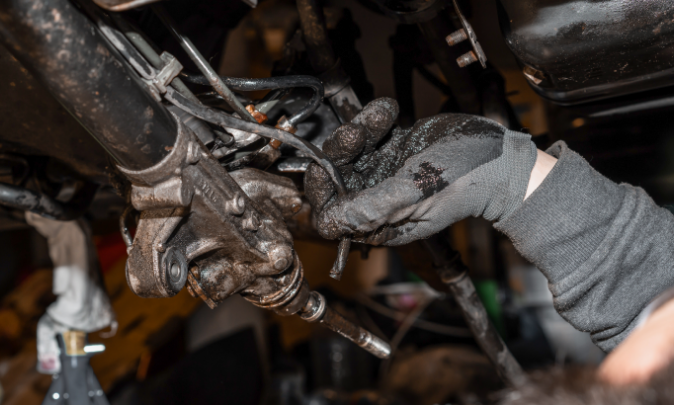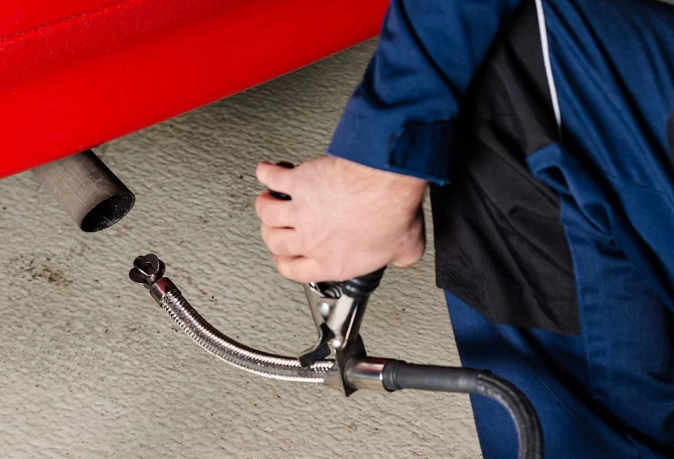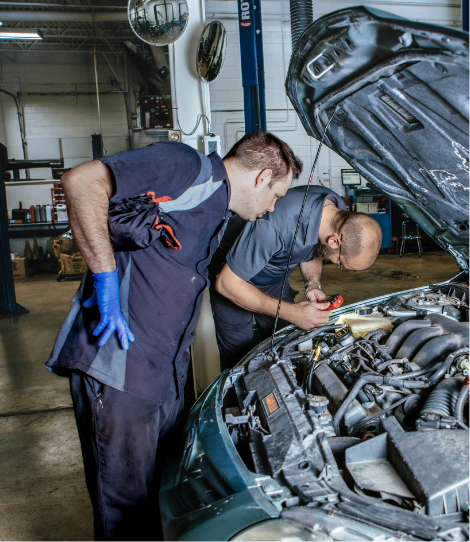Emissions & Exhaust Services
Emission Repairs & Exhaust Services
You need an Emissions inspection if:
You received a notice from the MVA stating that you need to have an emissions inspection performed by a certain date.
Emissions inspections are required to be performed every two years. This inspection is part of the Maryland Vehicle Emissions Inspection Program (VEIP) and was set up to help improve the air and water quality in Maryland. Importantly, Emissions Inspections can only be performed at Maryland state facilities, not auto repair or service stations.
We do not perform this inspection, but we do perform repairs if you did not pass your emissions inspection. If you’ve already completed your inspection and emission repairs are required, we can help you.

Schedule Service Appointment
Click below to complete the online form, and we’ll call you back to finalize the details for your auto repair service. Or, if you prefer, just call us at 410-381-2700.
We Help Get to the Root Cause of Your Emissions Problem
When a car’s emissions start to exceed the established standards (i.e. pollute the air), the check engine light comes on. On vehicles built before the mid-1990s, we use a four-gas emissions analyzer and other test equipment to check out the emission system. All vehicles made in the mid-1990s and later have a complex computer system that monitors your car’s emissions system. It’s called the On-Board Diagnostics – Generation II (OBD II) System.
In addition to storing data related to your car’s emissions (both tailpipe and fuel system emissions), it also monitors performance data like vehicle speed and engine temperature. When you bring your car in for servicing, the automotive technician checks the codes and the monitor data (i.e. what was happening when the check engine light came on) to track down the problem and recommend repairs.
Emissions Services
Some common reasons why your car might fail an inspection are an overdue oil change, a dirty air filter, electrical issues, or the check engine light is on.
One of the bigger fears people have if their check engine light is on is that it’s a problem with the catalytic converter, part of the car’s exhaust system. The catalytic converter is the mechanism that cleans the exhaust gases of any unburned hydrocarbons (gasoline that may leave the engine unburned) by burning them off. In fact, a faulty catalytic converter is only one of many things that can cause the check engine light to come on. However, something as simple as not screwing the gas cap on tightly enough can cause the check engine light to come on.
We can identify any of these issues and make the appropriate repairs for your car to pass inspection.


Exhaust Services
In addition to the catalytic converter, the exhaust system includes everything from the exhaust manifold that is bolted to the engine to the muffler and tailpipe located at the rear of the car. Exhaust system repairs are rare now because of improved manufacturing methods and better quality materials.
In fact, the federal government mandates warranty coverage on catalytic converters for at least eight years/80,000 miles, and we should expect the exhaust system (exhaust manifold, muffler, catalytic converter and exhaust pipe) to last up to 100,000 miles or more.
On the other hand, oxygen sensors (another component of the exhaust system that helps to optimize the air-to-fuel ratio to ensure proper fuel burning) do require maintenance, typically in the 75,000 to 125,000 mile range. In general, when repairing any part of the system that is behind the catalytic converter, we use original equipment manufacturer (OEM) parts because they fit the car better and last longer. On older vehicles, we use quality aftermarket parts, which make the exhaust repair more economical.

Frequent Questions & Concerns
-
Do I need to fix my emissions if I failed my emissions test?
Yes, in the state of Maryland it needs to be repaired, retested, and passed.
-
What are signs my car’s emissions system needs repair?
Other than a failed emissions test, the common signs of needing a repair include excessive exhaust smoke, the check engine light, poor fuel efficiency, or rough engine or idling performance.
-
Can I pass an Emissions Inspection with the Check Engine Light On?
No, the inspection will be automatically failed if the check engine light comes on at any point during the inspection, and clearing off the warning light will not go unnoticed.
